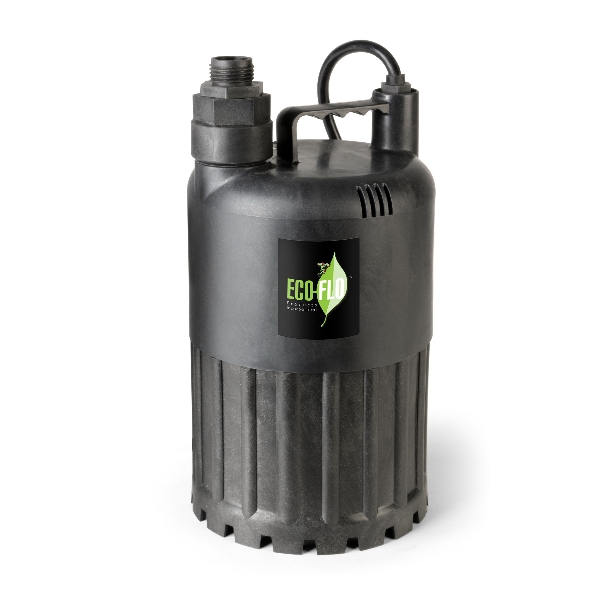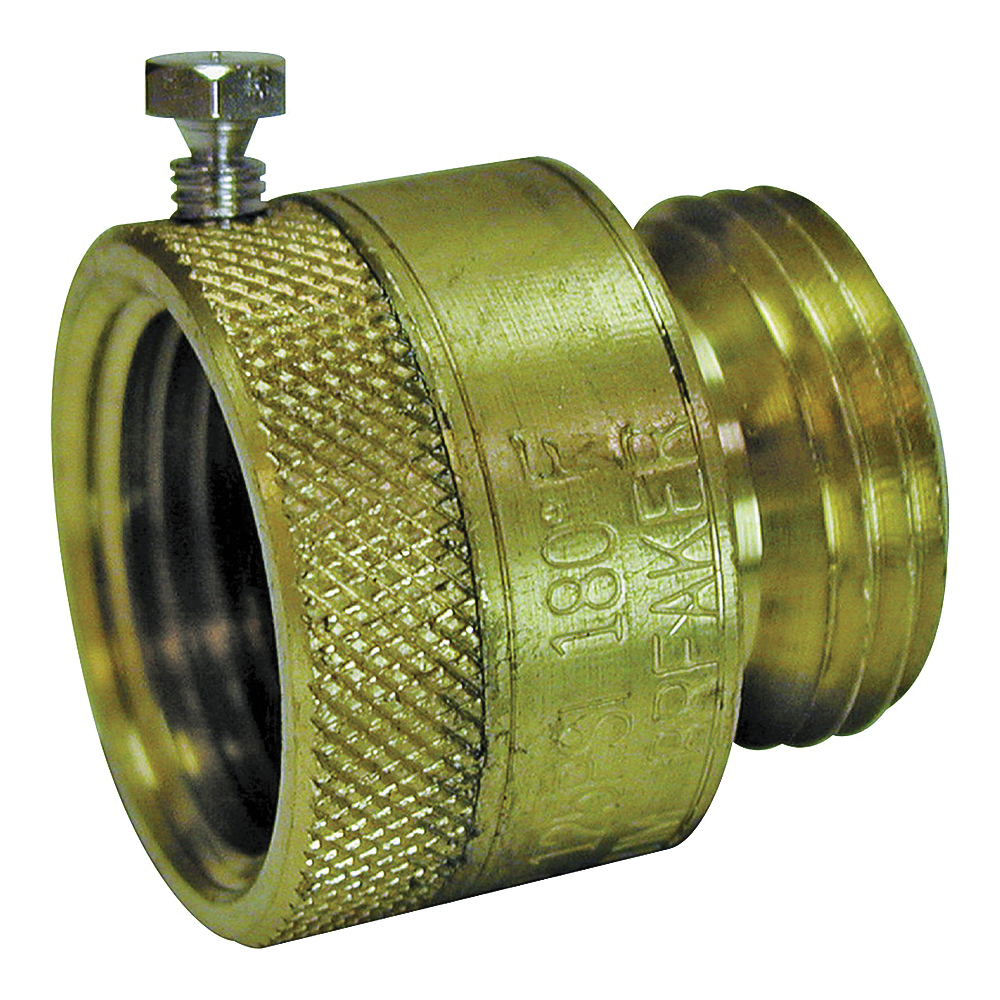According to the National Severe Storm Laboratory in Norman, OK, flooding is the most common of all weather-related natural disasters. Even people who live in areas that have never flooded should have a plan in place. That’s because flooding can result from something as simple as a storm drain that typically diverts water being blocked. Even a new beaver dam in a strategic location can flood an area for the first time.
The Types of Flooding
While coastal and storm surge flooding are confined to seashore areas, there are two types of flooding that can affect nearly any region of the United States: pluvial (flash) floods and fluvial (river) floods. As its name implies, flash flooding happens quickly. It is typically the result of heavy rainfall causing a torrent of water in a localized area within hours or even minutes of a storm. It can also be the result of a dam or levee break.
Flash floods are more common in regions with both a dry climate and rocky terrain because a lack of a deep layer of soil and lots of vegetation means heavy rains will flow over the land rather than seeping into the ground.
The other type of flooding is commonly known as a river flood, even though it can affect any type of inland body of water such as a stream or a lake. In this type of flooding, excessive runoff from a rainstorm, usually one that lasts for several days,
causes a slower water rise over a large area. River floods can usually—although not always—be predicted.
Preparing Your Home for Flooding
While you can’t control the weather, you can take steps to prepare your home for the possibility of flooding in the long term, in the face of a predicted flood, and when flooding is imminent.
![]()
Long-Term Flooding Preparations
If you live in an area known to be flood-prone, your local building or zoning department may have specific guidelines on building requirements to minimize flood damage.
1. Elevate your home
In coastal communities and along riverbanks, it’s more and more common to see homes raised on posts or pilings so only the home’s foundation is exposed to flooding. Existing homes built on slabs or
using post-and-beam construction are good candidates for this process.
2. Raise your electrical system
Your electrical system is the most likely system to be damaged by water. Elevating your electrical system components, including your home’s wiring, circuit breaker boxes, switches, and outlets
above the 100-year-flood zone can protect it in case of flooding. It can also help you recover more quickly if water does get into your house.
3. Platform your water heater
In many homes, the water heater is at ground level in a utility closet or in the garage, where it is susceptible to flood damage. You can install a concrete pier or purchase a water heater stand to elevate and protect this expensive item.
4. Install a backflow valve
It’s a nasty shock to discover flood water has entered your home through your dishwasher, sinks, washing machine, and toilets. You can prevent this by installing reverse flow valves which keep contaminated
water from flowing back into your clean water supply.
Medium-Term Flooding Preparations
If a flood is predicted and you have time to prepare, consider taking these steps to protect your home.
1. Plan
Find out where there is higher ground and plan at least two different routes to get there. Know what you will take with you in an emergency.
2. Sandbag
While sandbags won’t provide complete protection from flooding, they can help divert water away from your home. Yet, the process is time-consuming, takes at least two people, and can be expensive. Sandbags are best
filled only halfway with sand before being placed and are often used in conjunction with plastic sheeting and sump pumps.
The US Army Engineers has an excellent resource on how to fill and place the bags. You’ll also need to plan on how to dispose of the waterlogged bags after the flood, as you’ll need to assume they are contaminated. Fortunately, there are also new products available that are flat when dry but expand to form a wall when wet that make the process easier.
3. Anchor
If you have a propane or oil tank on your property, make sure it is firmly anchored to the ground to prevent it being swept away by flood waters.
Short-Term Flooding Preparations
If a flood is imminent, but you still have a little time before evacuating, take the following steps to protect your home. Your safety is always #1, so assess that it's safe and you have ample time to do prepare.
1. Elevate
Place as many of your more expensive and important items on the second floor of your home or in your attic. If neither of these is an option for you, put them in upper cabinets or on countertops.
2. Unplug
Unplug all your appliances and electronic devices from the outlets. Elevate them if possible.
3. Shut off
Turn off your water supply, as well as the gas line and electricity if you can.
4. Evacuate
Leave your home right away if an evacuation order is issued for your area or if you feel unsafe. Bring your emergency readiness kit. Don’t
walk or drive through moving water to get your planned high ground.
Planning Is the Key to Protecting Your Home from Flooding
If you don’t know for sure you are in a flood plain, but you live near a stream, river, or large body of water, or in a low-lying area, you have an even more pressing need to be prepared. Consider any or all of the steps above. Think about making contingency plans for reclaiming your home after a flood.
It’s a good idea to look into getting flood insurance on your home. Although it may seem expensive, according to FEMA, just one inch of floodwater in your home can cause $25,000 worth of damage. It’s unlikely you’ll regret having it if you do experience a flood.
Whether you’re preparing for a distant possibility or an approaching storm, your neighborhood McCoy’s is ready to help with whatever you need.









